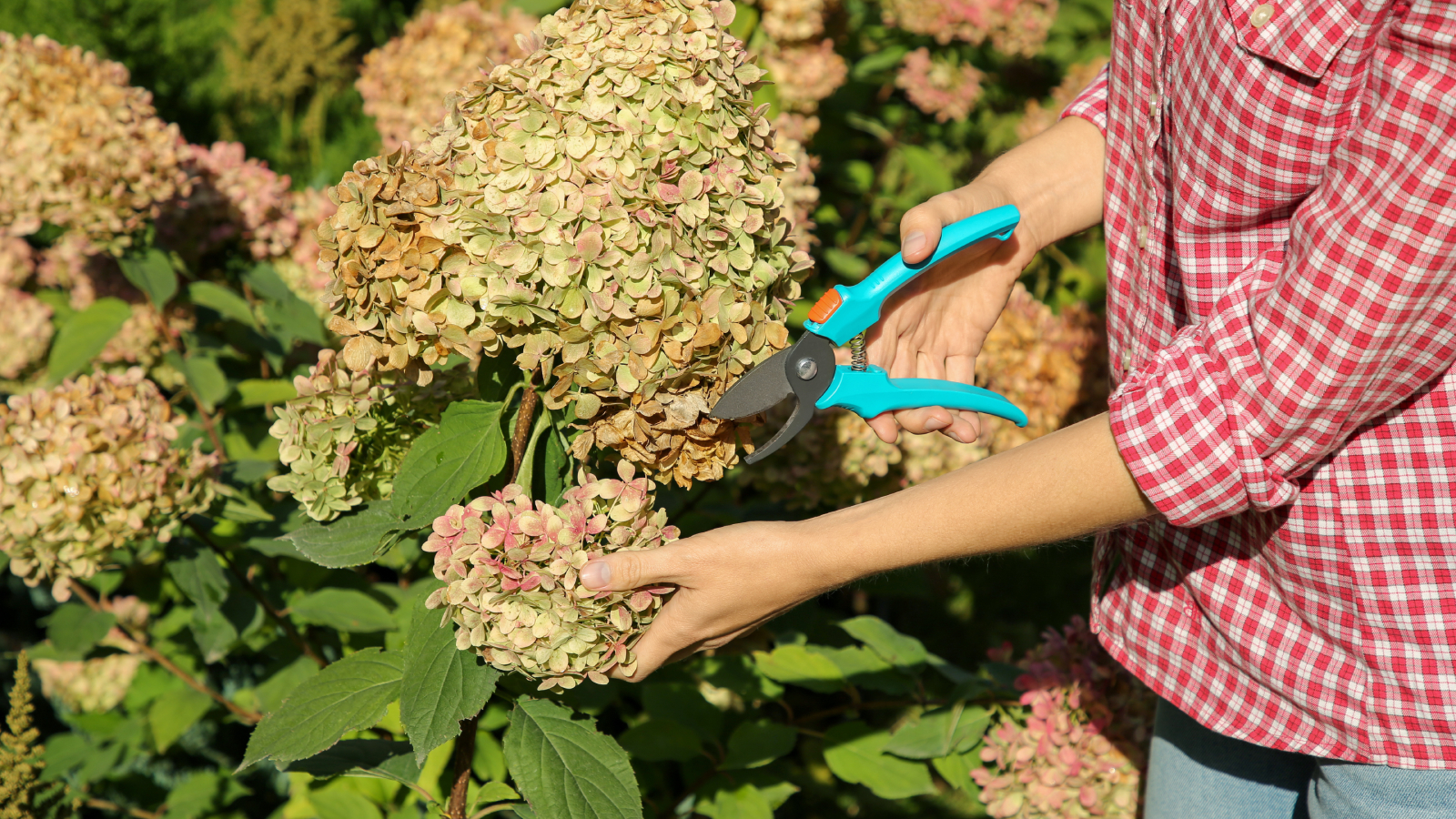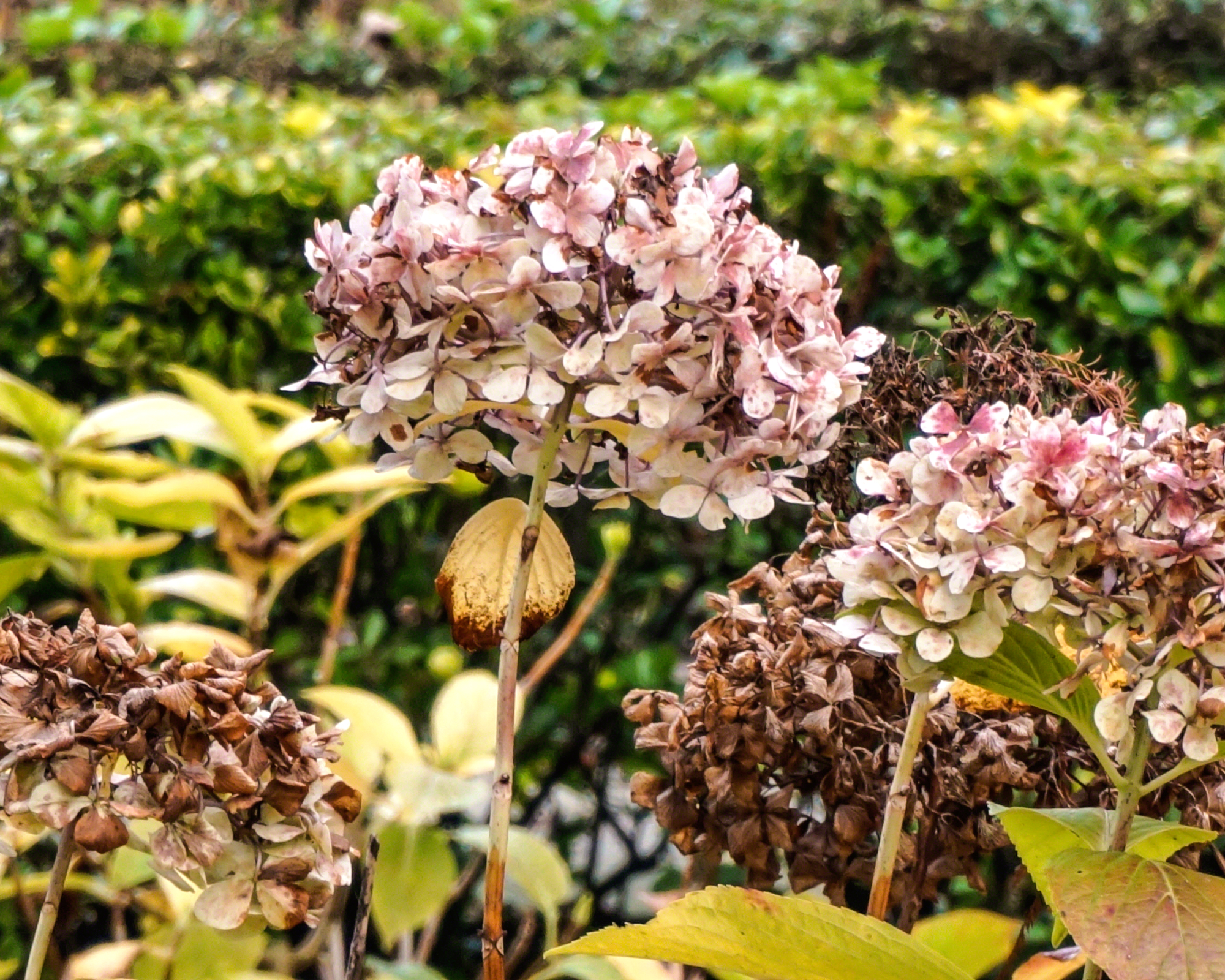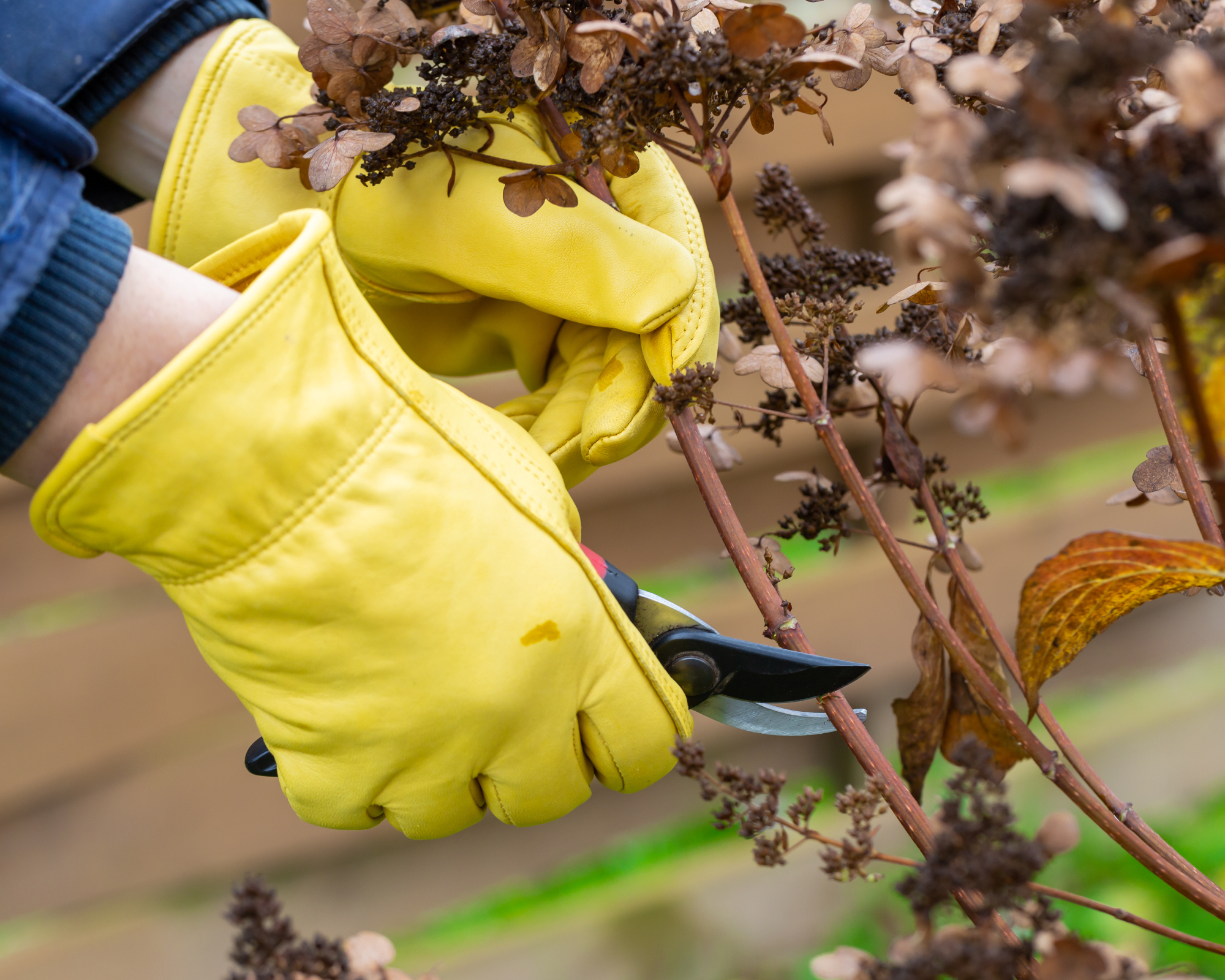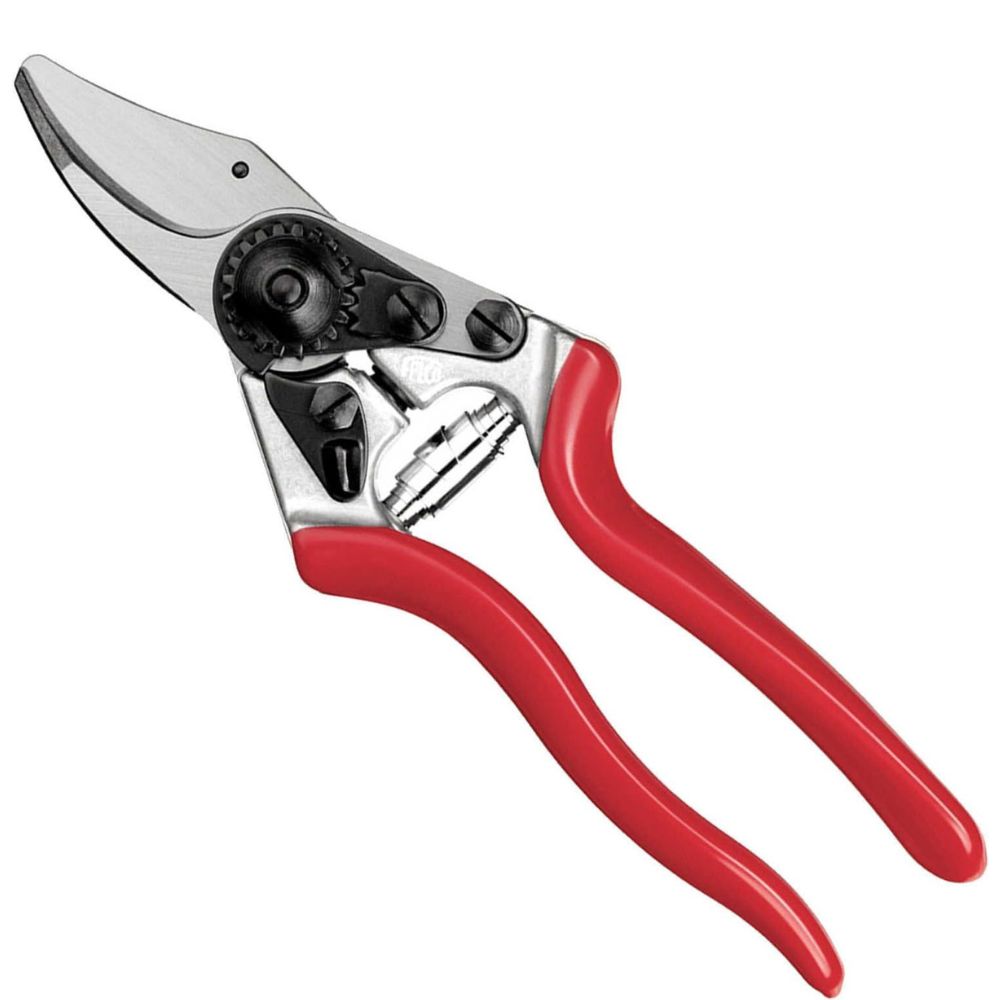Expert Guide: How To Deadhead Hydrangeas For Better Blooms And Healthier Plants
Learn how to deadhead hydrangeas to create stronger, healthier plants and the most gorgeous blooms you've ever had. Follow along for expert tips.

Amy Draiss

When in bloom, there’s no denying the vast beauty added to the home landscape by hydrangeas. Large, showy flower heads are sure to impress growers as well as most any garden visitor.
There are many varieties of hydrangea and they look right at home in just about every garden. You can use hydrangeas to create borders, as foundation plants, or as specimen plantings to really show off their beauty.
However, helping these gorgeous plants to look their best does require consistent care and it is important to know how and when to prune hydrangeas. Below, we will attempt to answer some of the most common questions regarding plant maintenance; specifically, do you deadhead hydrangeas?
Should You Deadhead Hydrangeas?
Hydrangeas will benefit greatly from routine deadheading. Doing so throughout the season will help to keep the plants and their beds looking neat and tidy, as well as increase the overall vigor of the shrubs.
The removal of blooms at the correct time will help to promote the development of strong stems and roots and prevent the shrub from setting seed. In many species, deadheading will play a role in the production of flower buds that will be needed the following season.
When to Deadhead Hydrangeas

The best time to deadhead hydrangeas will depend greatly upon the types of hydrangeas you have planted. Hydrangea species that bloom only on old wood are most commonly deadheaded in summer, immediately after the flowers have faded. These include bigleaf hydrangeas, oakleaf hydrangeas, climbing hydrangeas, and mountain hydrangeas. Growers deadheading these species should do so promptly and with care, making certain to avoid the accidental removal of next season’s blooms.
Flowers can be removed from other types of hydrangeas, like those that bloom on new growth, much later. Panicle hydrangeas and smooth hydrangeas fall into this category. This generally occurs in late winter or very early spring. Regardless of type, gardeners can remove any stems that have been broken, killed, or otherwise injured throughout winter at this time. Damaged or decaying plant matter should be trimmed all the way back to the ground and promptly removed from the garden.
Sign up for the Gardening Know How newsletter today and receive a free copy of our e-book "How to Grow Delicious Tomatoes".
How to Deadhead Hydrangeas

At its basic level, learning how to deadhead a hydrangea properly simply refers to the process of clipping old flowers from the plant. However, best practices will depend upon the species.
Species that bloom on old wood should be deadheaded back to the desired set of healthy leaves. In addition to pruning, trimming the plant in the manner will be key in maintaining the desired size and shape of shrubs.
Panicle types, like Limelight hydrangeas, can be cut back much more aggressively. In many instances, pruning in this way will be vital as a means to encourage new growth in spring and foster the production of lush foliage.
What you'll need:
Frequently Asked Questions
What Happens If You Don’t Deadhead Hydrangeas?
Missing the ideal window for deadheading will not result in a decline in plant health. Though it is true that the process is helpful in maintaining beautiful plants, these shrubs are seldom impacted by a short-term lack of pruning. In most instances, hydrangeas will continue to bloom, provided that routine care resumes the following season.
What Should I Use to Deadhead Hydrangeas?
Making use of proper tools when deadheading hydrangeas will help growers to avoid damage or injury to plants. Experienced gardeners suggest the careful use of sharp bypass pruners or secateurs. This will help to ensure that each stem is cut cleanly, without risk of being crushed or snapped.

Tonya Barnett has been gardening for 13 years. Flowers are her passion. She has transformed her backyard into a cut flower garden, which she regularly chronicles on her YouTube channel http://www.youtube.com/@tonyawiththeflowers.
- Amy DraissDigital Community Manager


